Homemade Naan
This post may contain affiliate links. Read my full disclosure policy.
Learn to make irresistibly soft and pillowy naan in your own kitchen with this simple recipe – it far outshines any store-bought version.
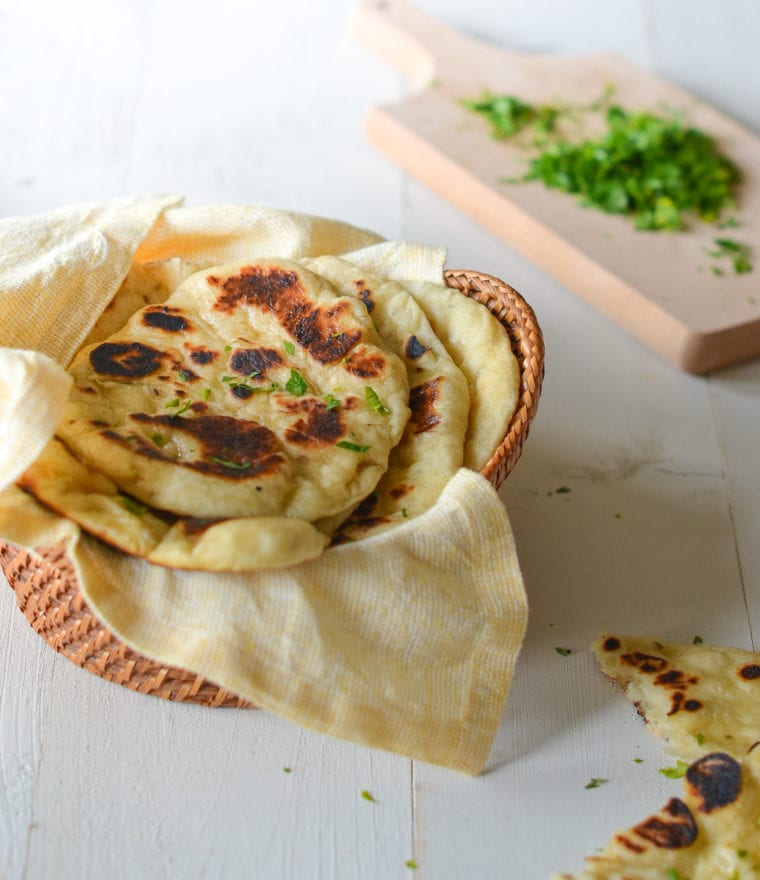
Naan is a soft, pillowy flatbread traditionally baked in a tandoor. This cylindrical clay or metal oven, prevalent in restaurant kitchens across the Indian subcontinent, the Middle East, and Central Asia, reaches scorching temperatures, imparting a distinct smoky flavor to foods. Naan dough, enriched with yogurt and olive oil and flavored with anise seeds, is rolled out and slapped against the tandoor’s inner walls, where it adheres and bakes swiftly over open flames. Once done, it’s brushed with melted butter.
In this recipe, I’ve replicated the tandoor’s high heat and charred flavor using a very hot cast iron skillet or nonstick pan. Making naan at home is so worth the effort—aside from the rising time, it’s quick to prepare, and the taste is leagues above store-bought versions! Paired with saucy dishes like chicken curry, butter chicken, or chicken tikka masala, homemade naan truly shines.
“The dough came together easily, was nice to work with and cooked up beautifully… My search for the perfect naan bread is over—this recipe is the best!”
What You’ll Need To Make Naan
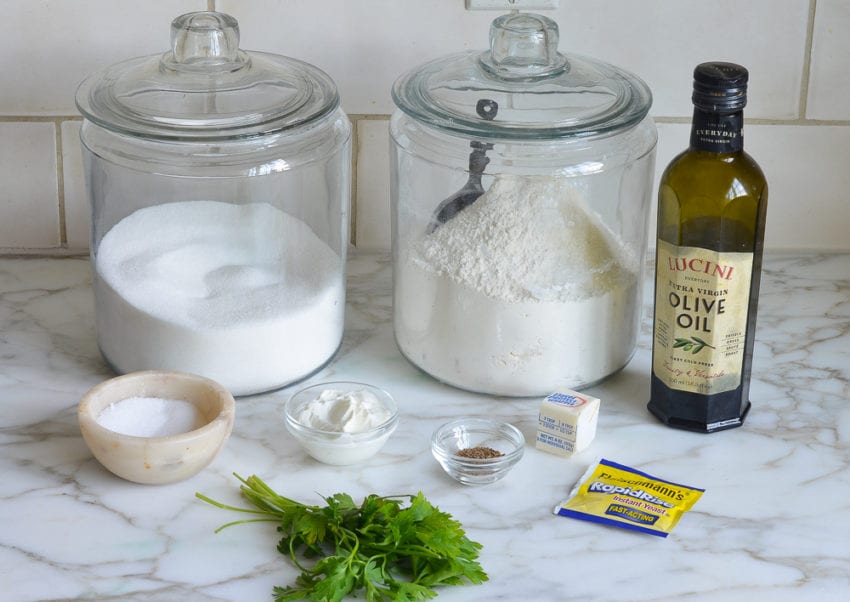
As you can see, the ingredients are very basic. The yogurt and olive oil add a bit of tang and richness. The anise seeds add just a hint of licorice flavor; feel free to leave them out, or replace them with nigella seeds (which have a subtle onion flavor), poppy seeds, or sesame seeds.
Step-by-Step Instructions
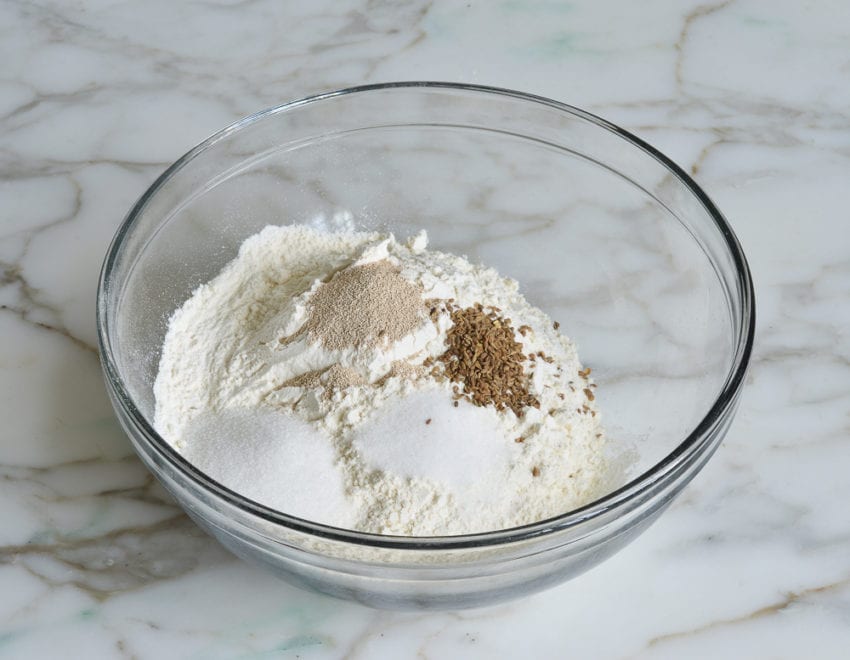
Begin by combining the flour, yeast, sugar, anise seeds and salt in a large bowl, then whisk to combine.
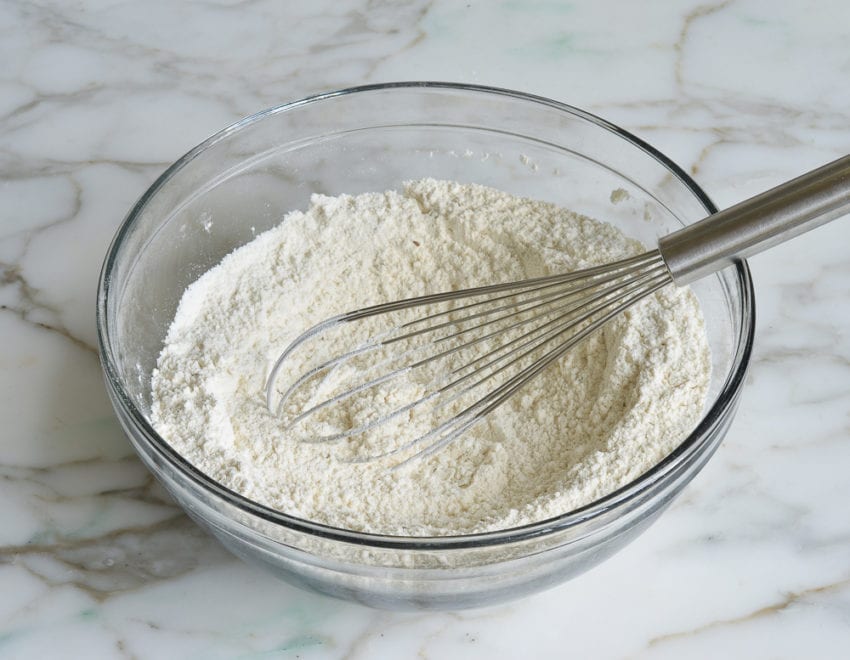
Whisk together the yogurt, olive oil, and warm water.
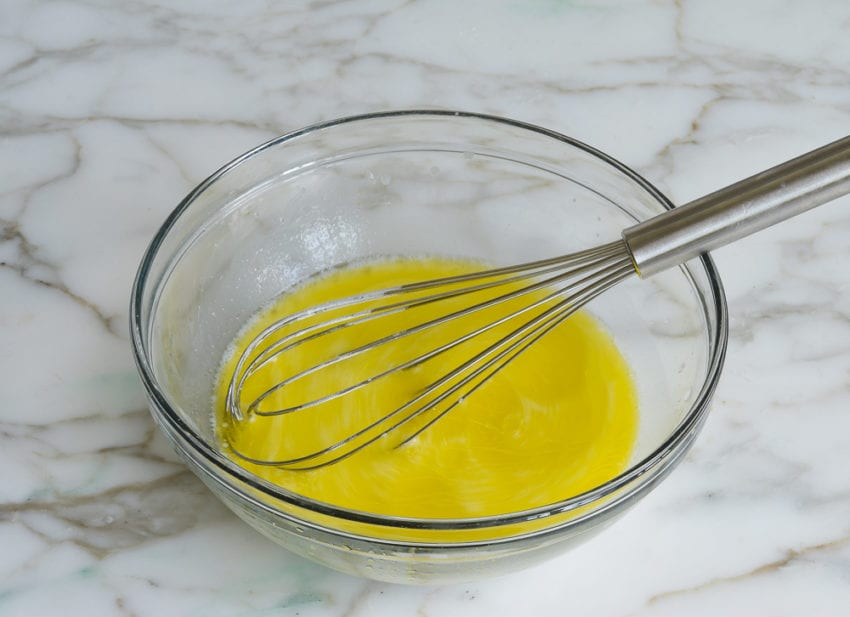
Add the liquid mixture to the dry ingredients.
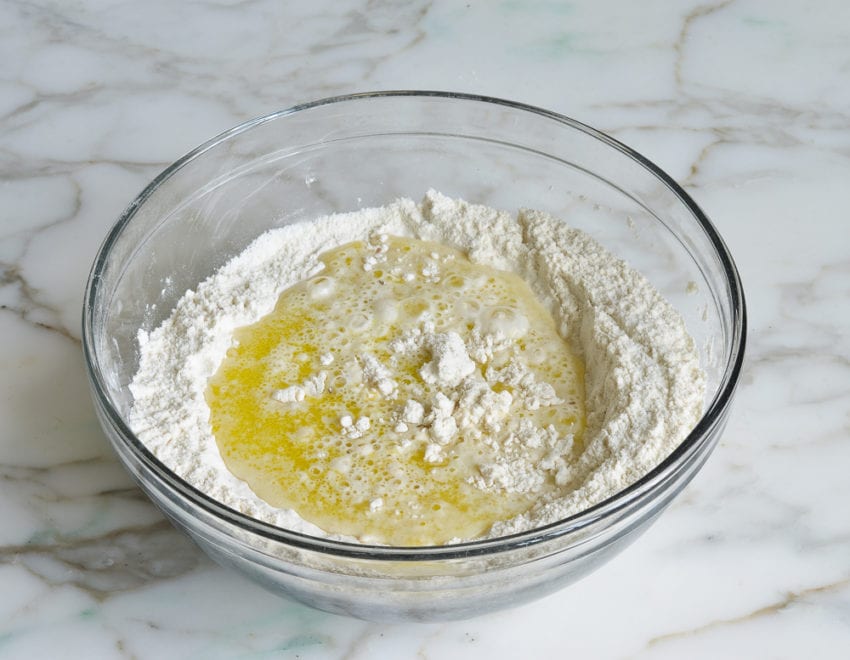
And stir with a fork until the dough comes together.
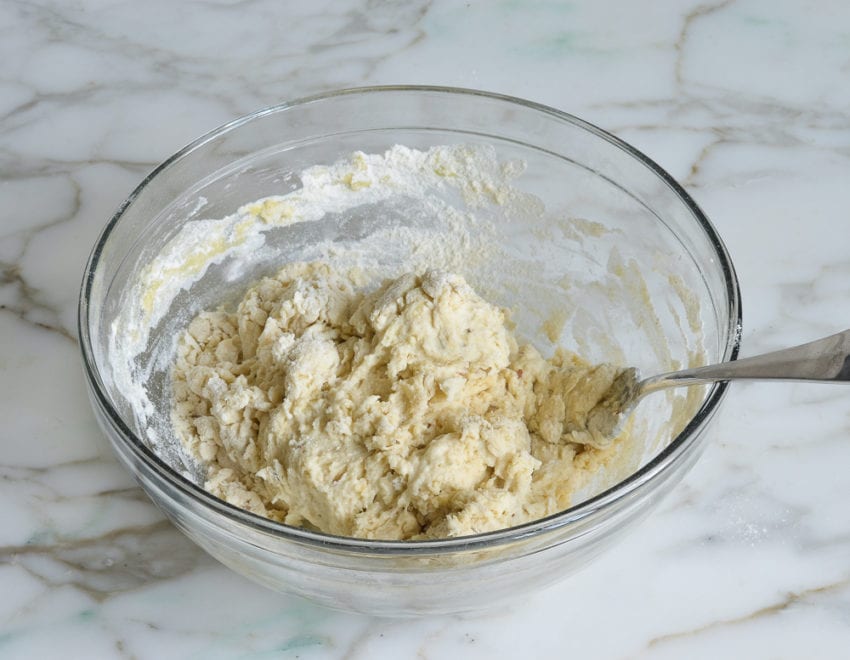
Dust your hands with flour and knead into a soft, sticky ball.
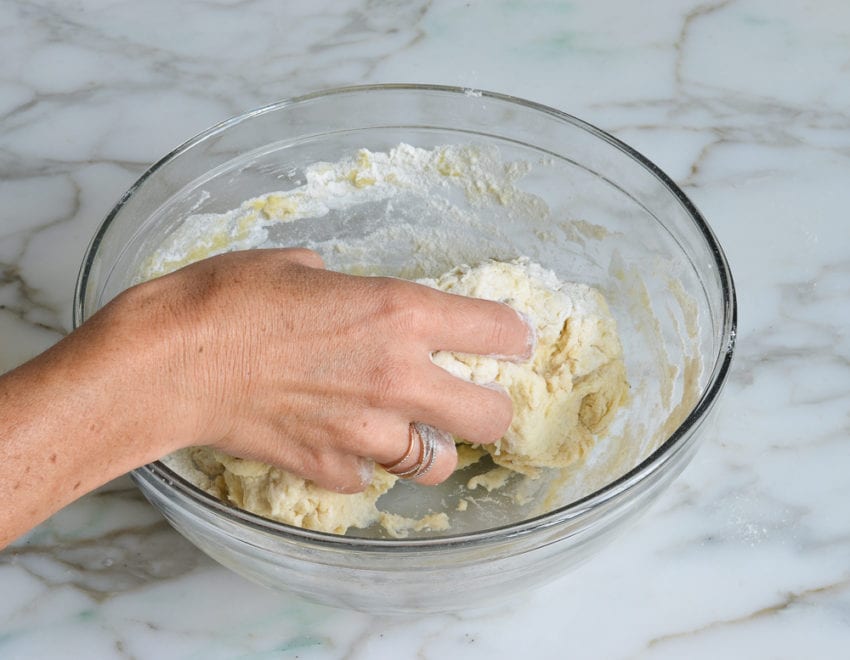
Cover with plastic wrap.
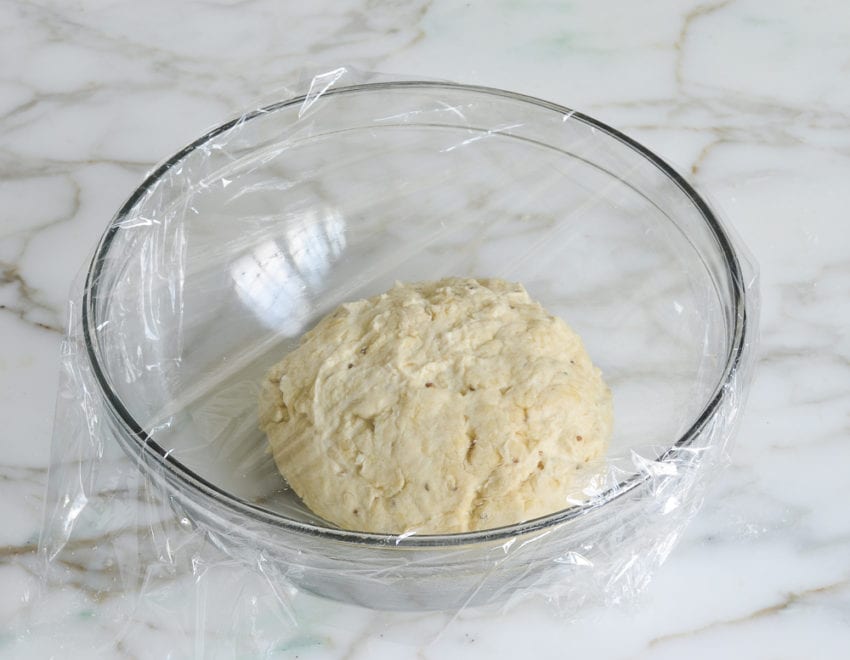
Let rise in a warm spot until about doubled in size, 1 to 1-1/2 hours. Hint: the warmer the spot, the faster it will rise.
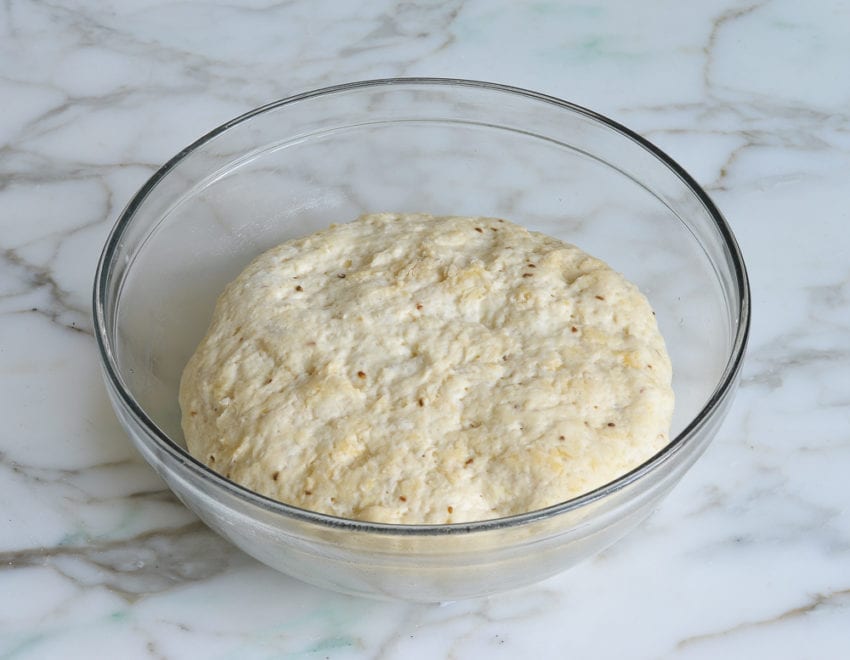
Fill a small bowl with flour. Dust some of the flour onto a work surface. Dump the dough on top and sprinkle the dough with more flour.
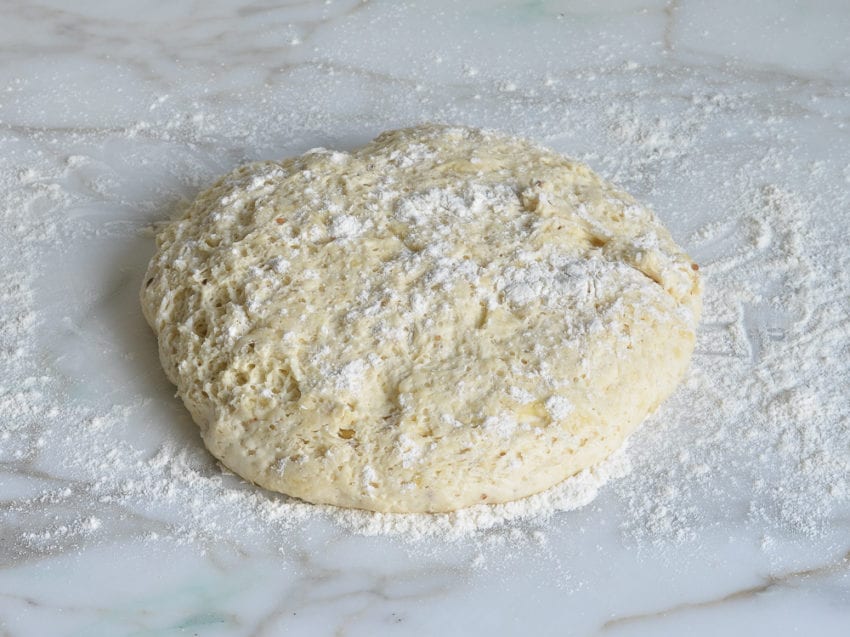
Shape the dough into a rectangle, adding more flour as necessary so it doesn’t stick.
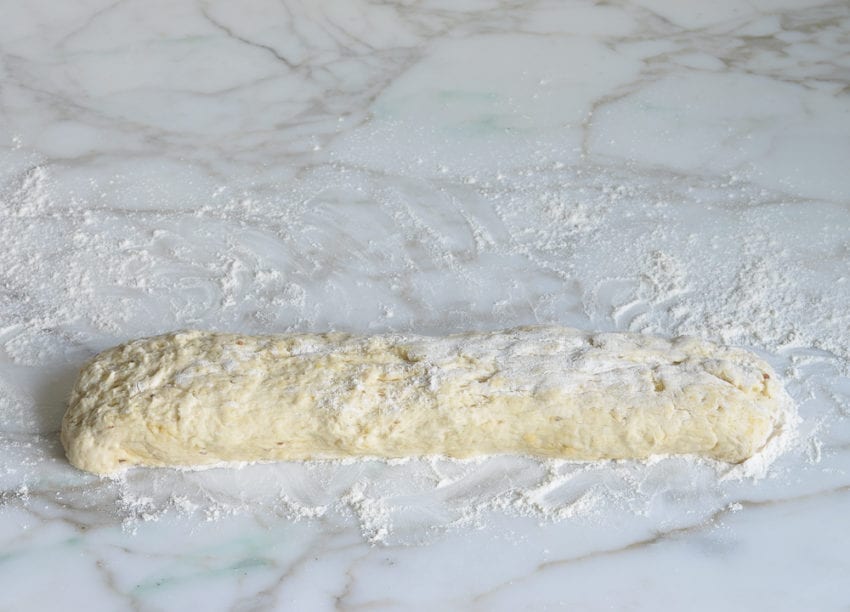
Then, divide into six equal portions.
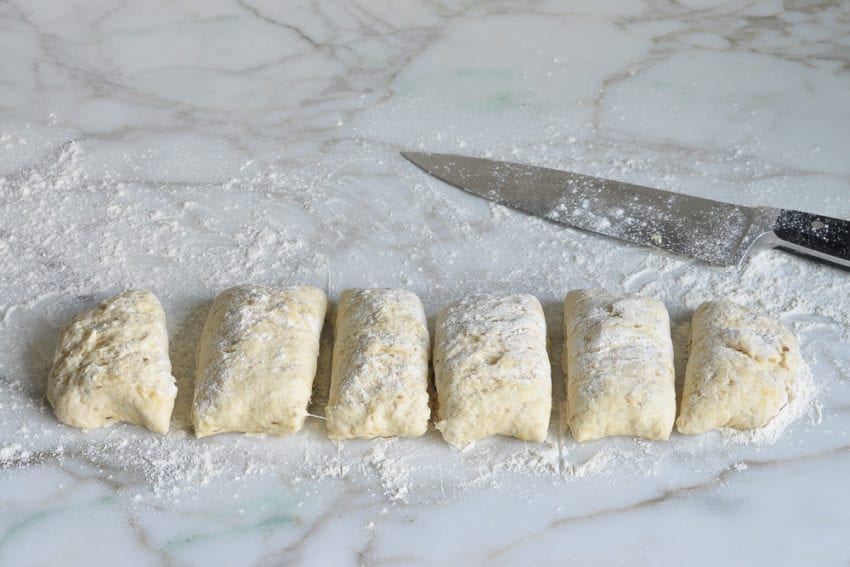
Heat a cast iron or heavy nonstick skillet over medium-high heat until very hot. While it heats, roll one of the dough balls into an oval about 1/8-inch thick.
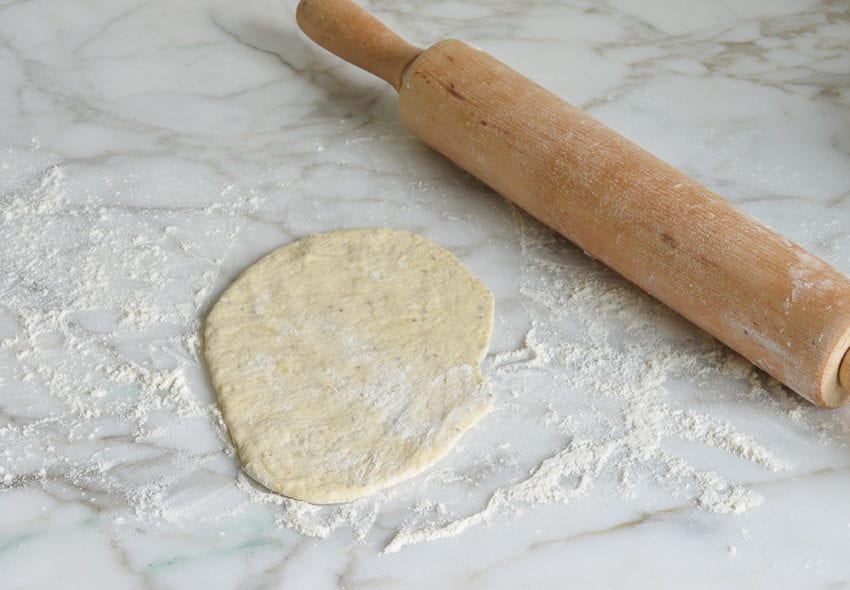
Place the dough in the hot, dry skillet and cook until the surface is full of air bubbles and the bottom is browned and blistered in spots.
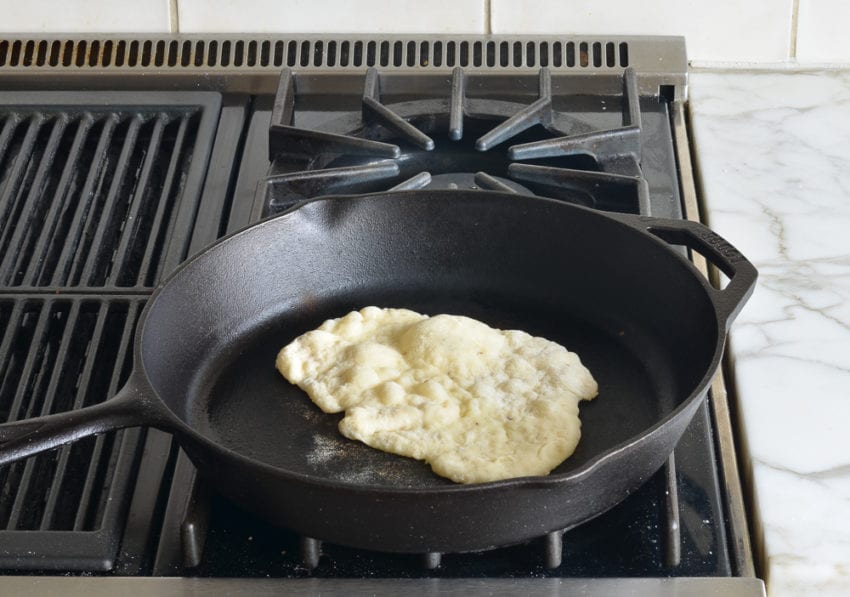
Flip the naan and cook a few minutes more.
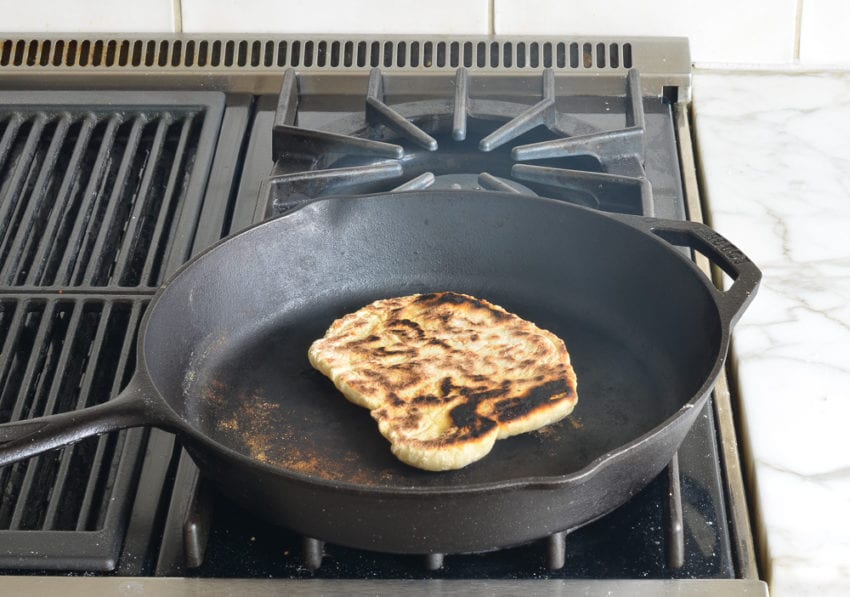
Brush the cooked naan with melted butter, and repeat with remaining dough balls.
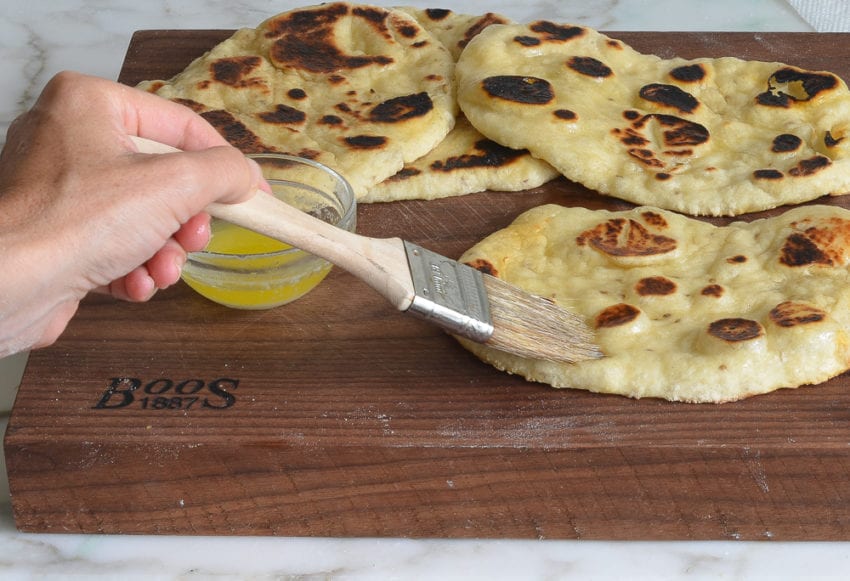
Sprinkle with parsley, if using, then serve warm.
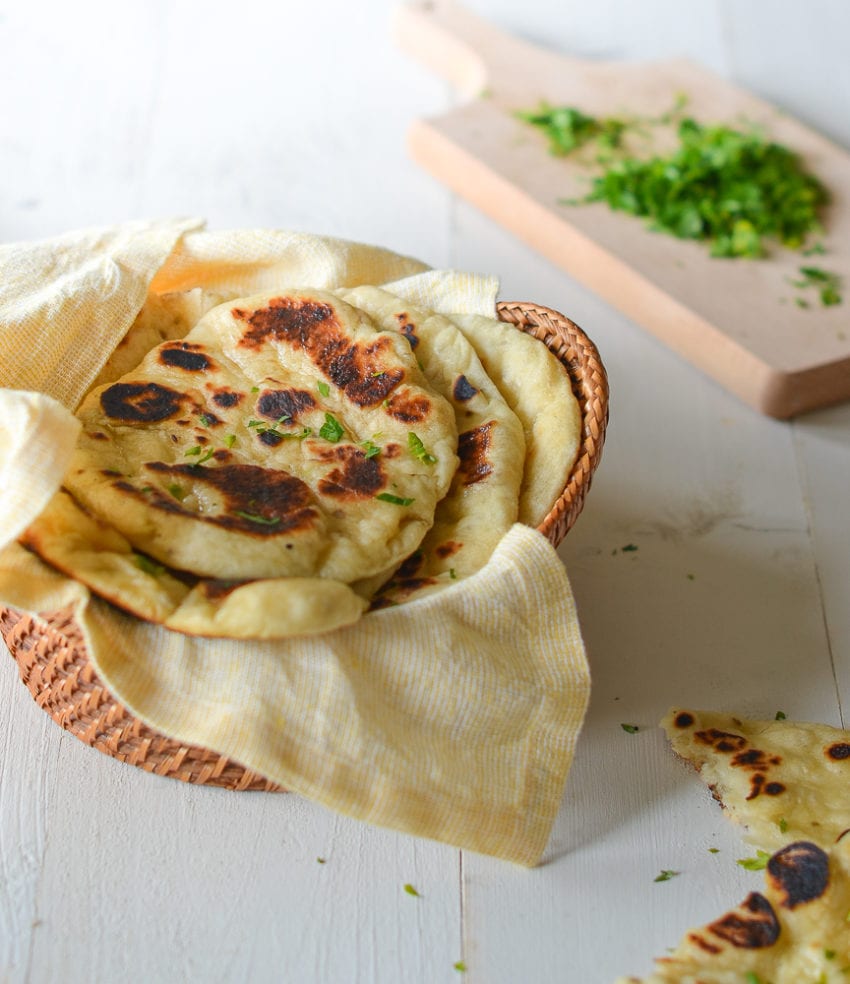
You may also like
Frequently Asked Questions
A: Depending on how far ahead you want to make the naan, you have a few options. If serving within one day, store the naan in resealable plastic bag at room temperature. For longer storage, wrap each piece of cooled naan securely in plastic wrap and put all the rounds in a sealable plastic bag, then freeze for up to 3 months. To reheat, wrap the naan in aluminum foil and warm in a 350°F oven until hot.
A: Instant yeast and active dry yeast are both types of yeast used in baking, but they have distinct differences. Active dry yeast has larger granules surrounded by a protective shell, which often requires it to be dissolved in warm water (a process known as proofing) before mixing with other ingredients. In contrast, instant yeast features finer granules without this protective layer, allowing it to dissolve and activate more rapidly. This means that instant yeast can typically be mixed directly into dry ingredients without the need for proofing.
A: Active dry yeast may be used instead of instant/rapid-rise yeast in this recipe, however, the dough will take longer to rise. To give active dry yeast a “head start” and speed things up, you can dissolve it in the lukewarm water and let it sit until frothy, about 10 minutes. After that, add it to the flour, sugar, salt, and anise seeds, and proceed with the recipe.
A: Sure! I’d add some minced garlic to some melted butter and brush it on the bread after it’s cooked.
Video Tutorial
Homemade Naan
Learn to make irresistibly soft and pillowy naan in your own kitchen with this simple recipe – it far outshines any store-bought version.
Ingredients
- 2 cups all purpose flour, spooned into measuring cup and leveled off with a knife, plus more for rolling (see note)
- 1 tablespoon sugar
- 1 teaspoon instant dry yeast/rapid-rise yeast (see note)
- 1 teaspoon salt
- Heaping ½ teaspoon anise seeds (optional)
- 3 tablespoons plain yogurt
- 2 tablespoons extra virgin olive oil
- ¾ cup warm water (about 100°F)
- 2 tablespoons melted salted butter, for brushing on finished naans
- 1 tablespoon chopped fresh Italian parsley (optional), for serving
Instructions
- In a large bowl, whisk together the flour, sugar, yeast, salt and anise seeds (if using). Set aside.
- In a medium bowl, whisk together, the yogurt, olive oil, and ¾ cup warm water (about 100°F). Add the yogurt mixture to the dry ingredients and mix with a fork. When the dough is about to come together, dust your hands with flour and knead gently into a soft, slightly sticky dough (sprinkle more flour, little by little, if the dough is too wet to work with). As soon as it comes together, stop kneading.
- Lightly oil or spray a clean bowl with nonstick cooking spray (the bowl should be large enough to allow the dough to double in size). Transfer the dough to the prepared bowl and cover with plastic wrap or a damp kitchen towel. Let sit in a warm place for 1 to 1½ hours, or until about doubled in size (hint: the warmer the spot, the faster the dough will rise).
- Fill a small bowl with about ½ cup flour. Dust a work surface with some of the flour and dump the dough on top. Sprinkle some of the flour on top of the dough and on your hands. Shape the dough into a long rectangle and cut into 6 equal portions, dusting with more flour as necessary so the dough doesn't stick. Roll each portion of dough in the bowl of flour to keep them from sticking.
- Warm a large cast iron or heavy nonstick pan over medium-high heat until very hot. Using a rolling pin, roll one of the dough balls into an oval shape about ⅛-inch thick (it should be about 9 x 4 inches). Pick up the dough and flip-flop it back and forth between your hands to release any excess flour; then gently lay the dough in the dry skillet and cook until the top is bursting with air bubbles and the bottom is golden and blackened in spots, a few minutes. Flip the naan and cook about 1-2 minutes more until the the bottom is lightly browned and blistered in spots. Remove the naan from the skillet and brush with melted butter. Place the naan in a tea towel-lined dish to keep warm. Repeat with the remaining naans, adjusting the heat lower if necessary as you go (I usually find it necessary to lower the heat to medium after the first naan). Sprinkle with parsley, if using, and serve warm.
- To keep the cooked naan warm, place them in a 200°F oven. Store leftovers in a Ziplock bag and reheat in a 350°F oven wrapped in foil.
- Note: I use King Arthur flour, which is higher in protein than some other all-purpose flours. If using a flour with a lower protein content, such as Gold Medal, you will likely need to add a few more tablespoons of flour.
- Note: Active dry yeast may be used instead of instant/rapid-rise yeast, however, the dough will take longer to rise. To give active dry yeast a boost, you can dissolve it in the lukewarm water and let it sit until frothy, about 10 minutes. After that, add it to the flour, sugar, salt, and anise seeds, and proceed with the recipe.
- Freezer-Friendly Instructions: The naan can be frozen for up to 3 months. Once it’s completely cooled, wrap each piece securely in plastic wrap and put all the rounds in a sealable plastic bag prior to putting in the freezer. To reheat, wrap the naan in aluminum foil and warm in a 350°F oven until hot.
Nutrition Information
Powered by ![]()
- Serving size: 1 naan
- Calories: 241
- Fat: 9 g
- Saturated fat: 3 g
- Carbohydrates: 35 g
- Sugar: 3 g
- Fiber: 1 g
- Protein: 5 g
- Sodium: 323 mg
- Cholesterol: 11 mg
This website is written and produced for informational purposes only. I am not a certified nutritionist and the nutritional data on this site has not been evaluated or approved by a nutritionist or the Food and Drug Administration. Nutritional information is offered as a courtesy and should not be construed as a guarantee. The data is calculated through an online nutritional calculator, Edamam.com. Although I do my best to provide accurate nutritional information, these figures should be considered estimates only. Varying factors such as product types or brands purchased, natural fluctuations in fresh produce, and the way ingredients are processed change the effective nutritional information in any given recipe. Furthermore, different online calculators provide different results depending on their own nutrition fact sources and algorithms. To obtain the most accurate nutritional information in a given recipe, you should calculate the nutritional information with the actual ingredients used in your recipe, using your preferred nutrition calculator.

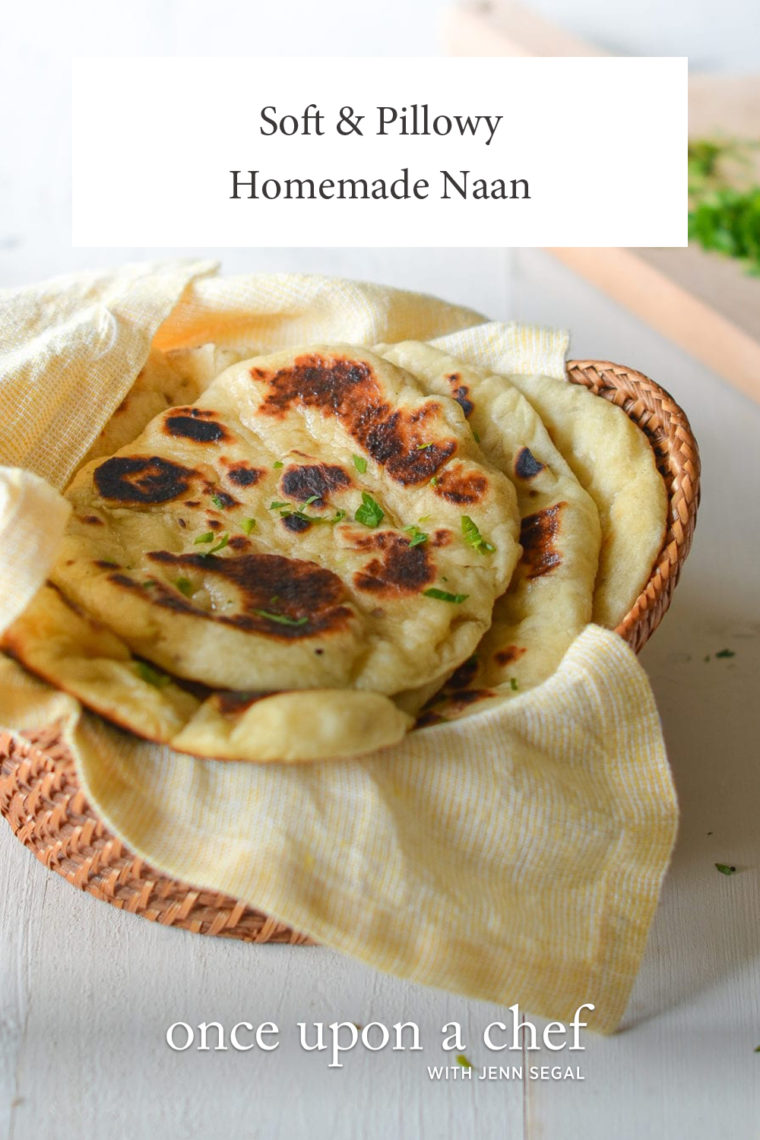

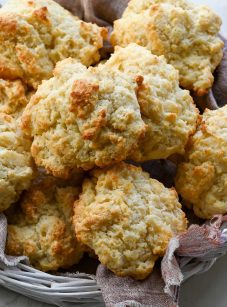
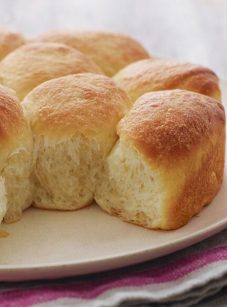
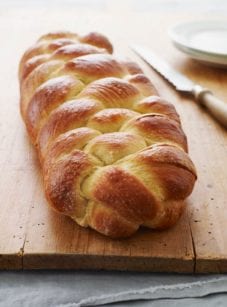
Loved it! First time making it. I even used whole wheat flower instead and came out great. Thank you for the recipe!
I made it twice , Once with rapid rise yeast and again with active dry yeast. Both turned out well. Yes, the dough was sticky and I had to add more flour. Second time I tried my new cusinart toaster oven instead of cast iron pan and it puffed up in one large bubble and was even more delicious!!. I made two of them little less brown and stored in refrigerator. Toasted in a bread toaster when I used it next time and it was just the same as freshly made ones.
Thank you Jen for this web site!. Your browned butter bourbon pecan pie and creamy mashed potato are a keeper!. Done it for two thanksgivings now!
I’ve made this recipe twice now. The first time, I followed it exactly as written, and ended up with an extremely wet, sticky dough. I had to add so much extra flour, that by the time I reached the proper consistency, I was afraid I had over-kneaded it and just tossed it.
After reading some of the reviews with the same issue, I tried again, everything as written except I cut the water to 1/2 c, as some suggested. This time it was perfect! I didn’t have anise seeds on hand, so I added cumin seeds instead and it was really delicious. My husband thought it was better than some Indian restaurants we’ve been to! Overall, another great recipe.
I’m one of those who ended up with a soup instead of a dough! lol
I think the reason why this happens is because of the way the two methods using the fresh yeast versus the dry active yeast are explained. If you follow the directions as written using the dry active yeast, you will end up with twice the amount of water. It’s when we read “Whisk together the yogurt, olive oil, and warm water”, it’s not clear that you are talking about the same water with the dry activated yeast. Since I was working on 3 other things at the same time (your Chicken Tikka Masala, Cucumber Mint Salad and Basmati Rice – which all came out great!), I did not have much time to think and notice that the total amount of water called (2 times 3/4 cups warm water) for 2 cups of flour just didn’t make sense. To correct, I added flour and kneaded, added flour and kneaded … a few times, until the consistency looked okay but my dough ended up being too much kneaded maybe? so finally my naan bread wasn’t that fluffy. Still tasted very good so giving 5 stars. Will do better next time! 🙂
Hi Nathalie, Sorry to hear you had a problem with this. I’m going to review the recipe to see if I can find a way to make the instructions more clear! 🙂
Yes! I’ve begun craving this to eat with hummus! I had to make it with whole wheat flour tonight bc there’s no white flour available at my store and it was almost better…chewy, nutty, delicious!
Love this recipe! I used plain Greek yogurt for mine and added a little garlic. These are great for making pizza with fresh tomatoes, mozzarella and basil.
Do you have a recipe for flavored Naan? My favorite indian restaurant is in Milan, Italy (a little strange I know) but they have a cheese naan that is out of this world. Strangely enough, I think they may use fontina or mozzarella – it’s certainly not Paneer since I’ve tried it here and it’s nothing like my favorite gooey cheese naan from Italy. I think I’d like to try it but I don’t know how to do it. Any tips?
Hi, I don’t have any recipes for flavored naan, but you could add some minced garlic or garlic powder and some hard cheese, like Parmesan, to some melted butter and brush it on after cooking the naan. Hope that helps!
Has anyone tried grilling these and if so, can you provide the steps?
Thank you in advance!
Monica
I grill my bread on our BBQ, medium high lightly brushed with olive oil, turns out fabulous!
So delicious. I love it when my first attempt proves to be the keeper recipe. This is it! Just the flavor and texture I hoped for. I rolled the first one too thick, learned the technique and the rest were just right. I added chopped garlic cloves to two and those were good too. Wonderful with butter chicken. It will be fun to experiment with flavors and accompaniments to this quick and yummy recipe. Thank you.
FANtastic! The only problem is my husband feels it is dangerous that we can make this at home now 🙂 Thanks for a superb recipe – we’ll never buy store-bought naan again.
Thank you for this recipe! I have made it four times, twice with instant yeast and twice with regular yeast. I didn’t notice much of a difference in taste or texture. I found the dough too sticky to knead so on my fourth batch, I ended up reducing the amount of yogurt by one tablespoon and the amount of oil by on tablespoon. I don’t know if this has to do with my location or type of flour, as only a handful of people reported an overly sticky dough. I was very happy with the reduced amount of liquid. It was still a sticky dough, but more workable. I made this with the chicken tikka masala recipe, and it has been a real crowd pleaser!
WAY to wet !! If I try again Ill use 1/2 cup water